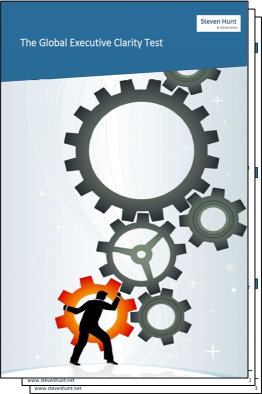An uncomfortable experience for most novices is dealing with organisational underperformance. It’s easy to avoid action, especially when the underperforming managers or business units are in another country – out of sight, out of mind.
The novices know that avoiding action can add to a more toxic culture; it lower employee motivation and raises health and stress issues – thus hitting productivity and efficiency. But the risks of avoiding action are worse than nipping it in the bud.
With a clear and careful way, there are five easy steps anyone can take to resolve underperformance and get back on track.
#1 Define the results you expect
In systems thinking there are three elements: an input, a process and an output (or result). As a manager, you provide the input – clear objectives, resources, time – and check the result. The element the employee is responsible for is in the middle: the process.
If you constantly interrupt in the process, you’re micro-managing not leading.
Instead, we need to focus on defining, communicating and monitoring the results. Local managers and employees want the freedom of using their expertise to reach an objective.
This is a tenet of basic motivation: give people the resources and get out of their way. From time to time, you come across employees who are not self-motivated, dodge the work and the responsibility. Good managers nip these problems in the bud before they spread across the organisation. They take these extra four steps.
#2 Provide the resources
A fairly easy, but vital step. Make sure the person has the tools, the equipment and the time to do the job. Their resources should be at least equal to the resources their colleagues have.
In short, the person can have no complaints that the tools and time are not available.
#3 Continually monitor the results
We’ll assume the best-case: light monitoring is enough to get the right results. If not, then the monitoring needs to be heavier.
Use a gated-process approach where you openly measure the results at the end of each phase or critical step. Sure, the employee knows you are on their back – and rightly so.
If underperformance continues, then reflect on whether the core performance problem is skill or will. Skill problems relate to competence; will (or willingness) problems relate to motivation. The remedies are of course different, too. A lack of skill generally requires a more directive management style. A lack of will requires a more supportive management style.
#4 Limit the scope of the employee’s activities
This sounds like asking the employee to do less work which, at first, seems counter-intuitive. Others might say the underperformance is because the employee’s lazy, and now the boss is giving them less work to do.
By limiting the scope of activities, you force the person to concentrate on the essential tasks. When you’re learning to ride a bike, there’s no point trying to pull wheelies before you’ve learnt how to balance. Underperformance is often because the person can’t focus. Limiting the scope of their activities stops them from being distracted.
#5 Have alternatives as a back-up, set a time limit and act on it
When executives have people blocking their change implementation plans, one of the first questions I ask is how long the executive can live with this situation. By saying how many weeks or months they have, we naturally flow into a dialog about contingency plans.
Ultimately, if people underperform and refuse to change, an executive faces a simple choice: give up on the change plan or remove the people.
If you are not sure about the morals of removing people from the change process, remember that in their present role (which you gave them), they are almost certainly feeling demotivated and probably stress. That stress goes somewhere in their life – perhaps outside work to family, friends, driving home like an idiot putting others on the road at risk. Far better to help them move on to another task or role where they are more comfortable and can perform at a higher standard.
The biggest mistake is not how to deal with underperformance; it is failing to confront underperformance and nip it in the bud.
















